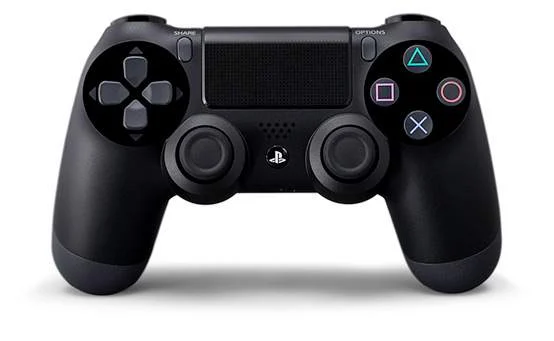Mark Cerny – lead system architect of Sony’s Playstation 4 (PS4) – says the Japanese-based corporation adopted a “very developer-centric approach” to the next-gen console.
“The biggest thing was that we didn’t want the hardware to be a puzzle that programmers would be needing to solve to make quality titles,” Cerny told Gamasutra, referring to the Playstation 3’s powerful CELL processor which often stymied and frustrated devs.

As such, Cerny began to poll PlayStation 3 developers as early as 2008, asking them what they would like to see in a theoretical next-generation console.
“It’s not like we could come out and say we were developing the next generation of hardware – we certainly couldn’t say that in 2008,” said Cerny.
“My first tour of the developers, I had a questionnaire where I just asked them their thoughts on what the next generation might bring. The largest piece of feedback we got was that they wanted unified memory.”
Indeed, the PlayStation 4 is equipped with 8GB of GDDR5 RAM and an 8-core CPU, both of which are expected to help facilitate flexibility and performance throughout the upcoming console cycle.
“We quickly could tell that we should put either four or eight cores on the hardware,” he explained.
“The consensus was that any more than eight, and special techniques would be needed to use them, to get efficiency. It definitely was very helpful to have gone out and have done the outreach before sitting down to design the hardware.”
AsTG Daily previously reported, the PS4 is powered by an AMD CPU and GPU. According to reports, the console boasts 8 x86-64 CPU cores, while the GPU is based on the next-gen Radeon graphics engine, capable of 1.84 teraflops of performance power. Because it is an APU, both the CPU and GPU reside on the same physical die, sharing 8GB of GDDR5 memory.
The console is also packaged with a redesigned controller that features a touchpad on the front, a share button, a headphone jack, a light bar for player identification and tech to sense a player’s depth and 3D position.






